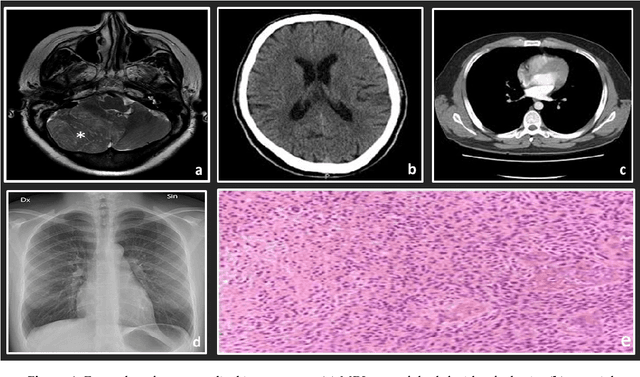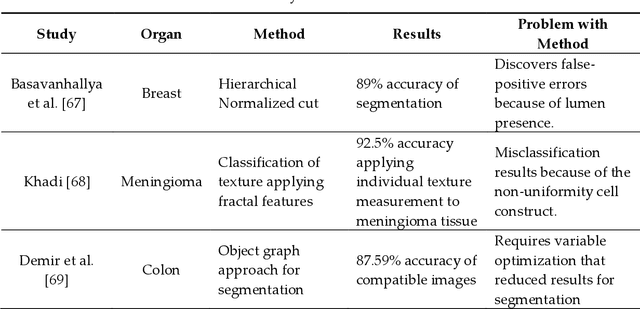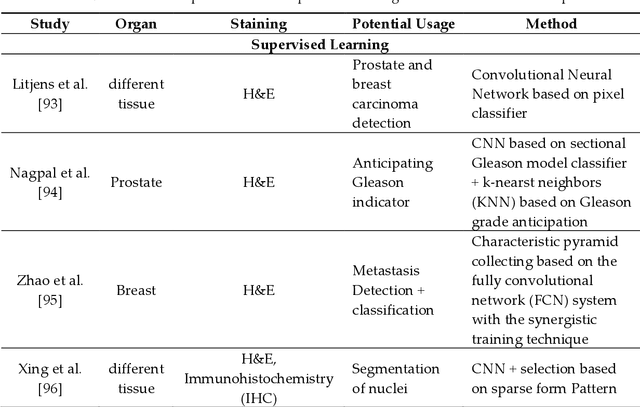S. M. Riazul Islam
Drones on the Rise: Exploring the Current and Future Potential of UAVs
Apr 10, 2023
Abstract:Unmanned Aerial Vehicles (UAVs) have become increasingly popular in recent years due to their versatility and affordability. This article provides an overview of the history and development of UAVs, as well as their current and potential applications in various fields. In particular, the article highlights the use of UAVs in aerial photography and videography, surveying and mapping, agriculture and forestry, infrastructure inspection and maintenance, search and rescue operations, disaster management and humanitarian aid, and military applications such as reconnaissance, surveillance, and combat. The article also explores potential advancements in UAV technology and new applications that could emerge in the future, as well as concerns about the impact of UAVs on society, such as privacy, safety, security, job displacement, and environmental impact. Overall, the article aims to provide a comprehensive overview of the current state and future potential of UAV technology, and the benefits and challenges associated with its use in various industries and fields.
Objective Diagnosis for Histopathological Images Based on Machine Learning Techniques: Classical Approaches and New Trends
Nov 10, 2020



Abstract:Histopathology refers to the examination by a pathologist of biopsy samples. Histopathology images are captured by a microscope to locate, examine, and classify many diseases, such as different cancer types. They provide a detailed view of different types of diseases and their tissue status. These images are an essential resource with which to define biological compositions or analyze cell and tissue structures. This imaging modality is very important for diagnostic applications. The analysis of histopathology images is a prolific and relevant research area supporting disease diagnosis. In this paper, the challenges of histopathology image analysis are evaluated. An extensive review of conventional and deep learning techniques which have been applied in histological image analyses is presented. This review summarizes many current datasets and highlights important challenges and constraints with recent deep learning techniques, alongside possible future research avenues. Despite the progress made in this research area so far, it is still a significant area of open research because of the variety of imaging techniques and disease-specific characteristics.
* 26 Pages, 5 figures, 4 tables
Precision Medicine Informatics: Principles, Prospects, and Challenges
Nov 04, 2019



Abstract:Precision Medicine (PM) is an emerging approach that appears with the impression of changing the existing paradigm of medical practice. Recent advances in technological innovations and genetics, and the growing availability of health data have set a new pace of the research and imposes a set of new requirements on different stakeholders. To date, some studies are available that discuss about different aspects of PM. Nevertheless, a holistic representation of those aspects deemed to confer the technological perspective, in relation to applications and challenges, is mostly ignored. In this context, this paper surveys advances in PM from informatics viewpoint and reviews the enabling tools and techniques in a categorized manner. In addition, the study discusses how other technological paradigms including big data, artificial intelligence, and internet of things can be exploited to advance the potentials of PM. Furthermore, the paper provides some guidelines for future research for seamless implementation and wide-scale deployment of PM based on identified open issues and associated challenges. To this end, the paper proposes an integrated holistic framework for PM motivating informatics researchers to design their relevant research works in an appropriate context.
Fuzzy Ontology-Based Sentiment Analysis of Transportation and City Feature Reviews for Safe Traveling
Jan 19, 2017



Abstract:Traffic congestion is rapidly increasing in urban areas, particularly in mega cities. To date, there exist a few sensor network based systems to address this problem. However, these techniques are not suitable enough in terms of monitoring an entire transportation system and delivering emergency services when needed. These techniques require real-time data and intelligent ways to quickly determine traffic activity from useful information. In addition, these existing systems and websites on city transportation and travel rely on rating scores for different factors (e.g., safety, low crime rate, cleanliness, etc.). These rating scores are not efficient enough to deliver precise information, whereas reviews or tweets are significant, because they help travelers and transportation administrators to know about each aspect of the city. However, it is difficult for travelers to read, and for transportation systems to process, all reviews and tweets to obtain expressive sentiments regarding the needs of the city. The optimum solution for this kind of problem is analyzing the information available on social network platforms and performing sentiment analysis. On the other hand, crisp ontology-based frameworks cannot extract blurred information from tweets and reviews; therefore, they produce inadequate results. In this regard, this paper proposes fuzzy ontology-based sentiment analysis and SWRL rule-based decision-making to monitor transportation activities and to make a city- feature polarity map for travelers. This system retrieves reviews and tweets related to city features and transportation activities. The feature opinions are extracted from these retrieved data, and then fuzzy ontology is used to determine the transportation and city-feature polarity. A fuzzy ontology and an intelligent system prototype are developed by using Prot\'eg\'e OWL and Java, respectively.
 Add to Chrome
Add to Chrome Add to Firefox
Add to Firefox Add to Edge
Add to Edge